#islamic pattern
Photo

https://www.shutterstock.com/image-illustration/abstract-geometric-isometric-star-seamless-pattern-2103166244
#seamless pattern#seamless#geometric#geometric pattern#tessellation#islamic pattern#trendy pattern#fashion#clothing#womenswear#stylized#pattern#repeat pattern#pattern inspiration#textiledesign#textile patterns
3 notes
·
View notes
Text

بلاط أربعة أضعاف
#fourfold#islamic#geometry#pattern#tile#motion#black and white#monochrome#loop#gif art#after effects#seamless#visuals#moodboard#geometric art
90 notes
·
View notes
Text
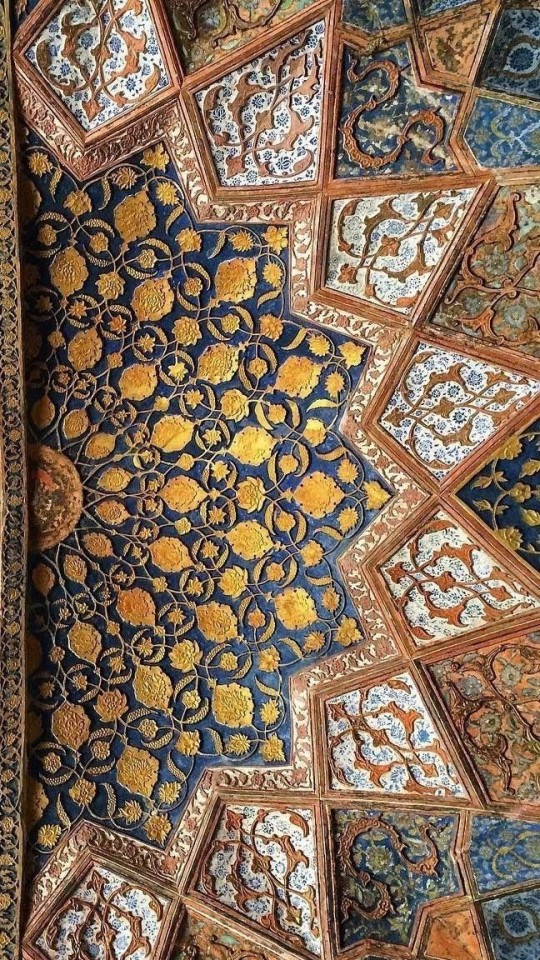
40 notes
·
View notes
Text

Our sleeping pattern plays a great role in our ability to function effectively during the day. The hours after Fajr are among the most blessed of the day.
Starting the day off by praying the morning salah gives you Barakah and sets you in the right frame of mind. It allows you to be the best you can be throughout the day.
However, in order to rise in the early hours it is imperative to sleep early as your body requires an adequate amount of rest.
#islam#quran#islamic#muslim#islamicquotes#pakistan#islamic group#muslim community#muslim countries#muslim sleeping pattern
28 notes
·
View notes
Photo
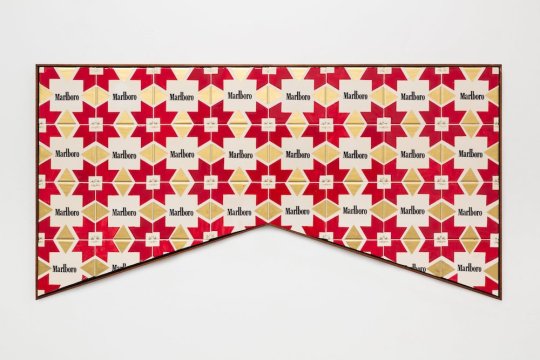

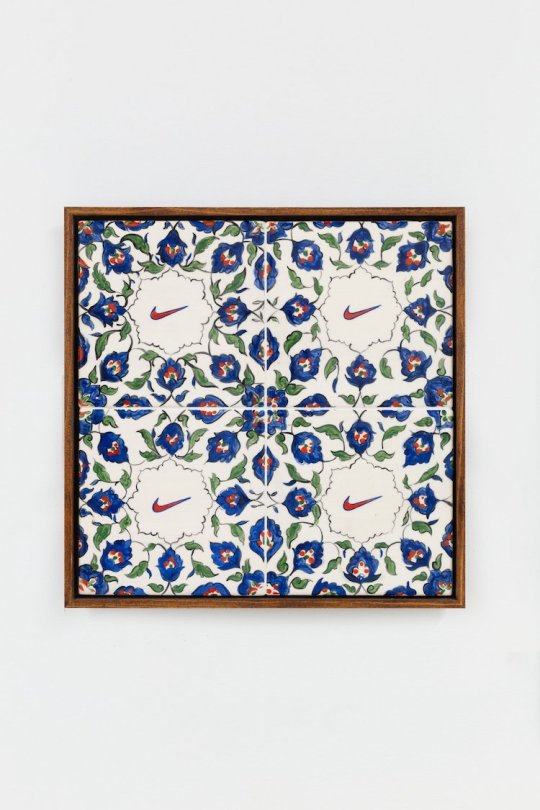


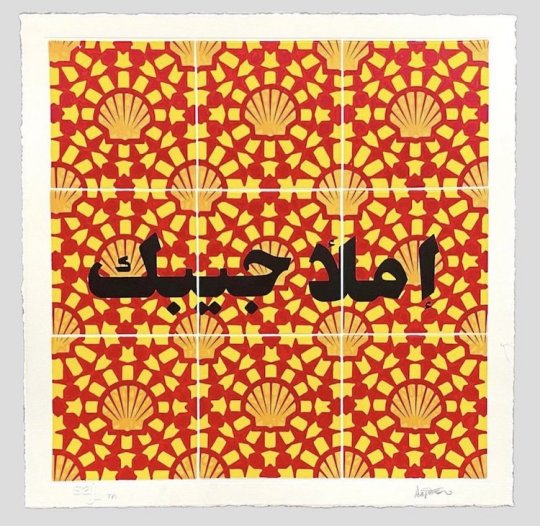
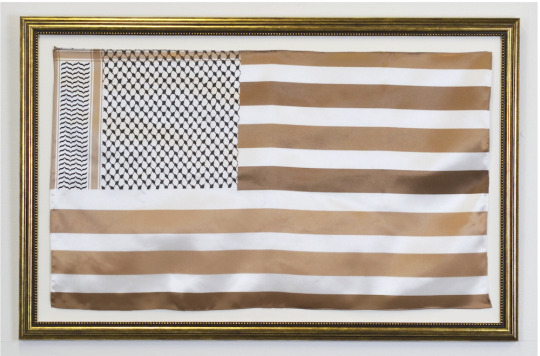
Saj Issa, “Americana Hammam” Series
The artist is interested in late capitalism and its violence, and how brand intervention in societal spaces has contributed to the cultural erasure of diasporic communities.
Issa’s recent work continues her abiding interest in pattern. The Americana Hammam series consists of wall based two-dimensional works that feature silkscreened and hand painted patterns on ceramic tiles with corporate logos on the surface.
The blue patterns are appropriated from traditional vessels and tiles from countries including Turkey, Palestine, and China while the logos are iconic brands well familiar to a global audience. The artist chooses the brands—Nike, Caterpillar, Chase, Coca Cola—for their lax corporate policies around global warming and climate change, thus exposing to viewers how we are all implicated in this crisis.
Issa grew up in St. Louis, Missouri, near Ferguson, where the Black Lives Matter movement sparked, and made summer visits to her grandparents’ home in the West Bank of Ramallah, Palestine. “I love these two communities immensely,” Issa said. “Growing up between those places, it’s impossible not to make the connections of injustice and for my art to not be expressive of those two homes.”
While visiting Palestine a few years ago, Issa recalled driving around the West Bank, noticing new street signs. She realized the signposts customarily written in Hebrew, Arabic, and English featured the names of towns as they would be identified in Israel. For Issa, reinserting the descriptions on signs or painting native vegetation in occupied Palestinian territories is a way of preserving language, land, and culture.
“The signs in this work, similarly to the negation of Palestinian villages, after so long of rewriting or unsolicited decisions made on behalf of our societies, influences the memory of our heritage,” she said.
All photos by Ian Byers-Gamber, courtesy the artist
#art#tiles#human rights#Palestine#logo#culture#land#negationist#israel#occupied territories#genocide#black lives matter#saj issa#patterns#islamic art#west bank#ramallah#injustice#signpost#heritage#humanity#violence#capitalism#flag
128 notes
·
View notes
Text
I'm really bad at the flags of countries. I'm not colorblind, but I've messed up the flags for Turkey and Pakistan, I've messed up the flags for Cuba and Puerto Rico...
...If Mexico didn't have an eagle on theirs I'd mistake it for Italy
(Please don't ask me about Nicaragua, Argentina, and El Salvador - or the time I said out loud "oh Argentina is a horizontal Guatemala with a sun" and my Argentinean teacher looked so disappointed)
#random personal note#I'm also really bad at faces and pattern recognition in general#that's why I mistake turkey and pakistan I'm like they have the islamic crescent/star but then I can't remember the color
11 notes
·
View notes
Text

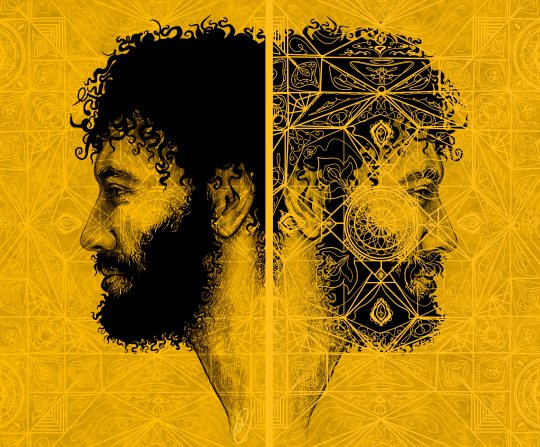

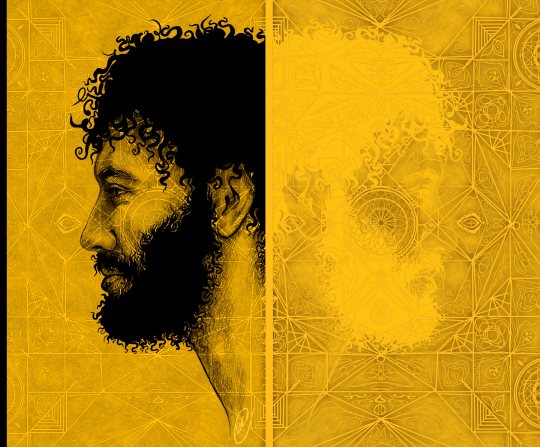
Yusuf al-Kaysani - digital portrait ~
(08/2022)
it's been a lil over 2 years since I watched The Old Guard and became completely and utterly obsessed with the story and characters but can you believe in that entire time I haven't done a single full fanart of Joe?!?!? I thought it was about time I rectified that situation lol
I was inspired by the intricate geometric patterns seen in a lot of Islamic art, which I wanted to reflect the importance of Joe's faith & culture (which I hope people can get a sense of with this piece...)
#artists on tumblr#the old guard#the old guard fanart#yusuf al kaysani#joe the old guard#digital art#drawing#portait#tog fanart#marwan kenzari#the old guard art#geometric pattern#digital portrait#fanart#i had originally planned to draw joe w/ his 2old2guard hair (aka long) but wasnt sure it'd look right here#just wanna say i tried SO hard to get the geometric design to look like the islamic ones i'd researched#but it was SO DIFFICULT and i kinda gave up and went with my own kinda thing eventually... hopefully it still looks alright tho!
342 notes
·
View notes
Text



The Art, The Artists.
— Behind the scene : « Moroccan Courtyard by Moroccan Craftmen » at the MET Museum, New-York
#morocco#moroccan culture#north africa#moorish#moors#moroccan#africa#moroccan history#moorish architecture#architecture#islamic architecture history#moroccan architecture#architecture history#islamic architecture#buildings#met museum#moroccan art#moroccan pattern ·#moroccan design#zellij#zellige#gebs#moroccan craftsman#moroccan craftsmanship#moroccan crafts#architecture lovers#masjid#courtyard#al andalus#moroccan style
48 notes
·
View notes
Text
sobs. geometry is so beautiful
#siblings and i spent the afternoon learning about flexagons and making them! it was fun#which led to us to reading about geometry in the ancient islamic world and of course that makes me emotional. math and art is so cool...#thank you muslims.#talk tag#i've found the intentions behind geometric patterns to be really compelling since i was a kid but i never explored it bc i was bad w/ math😭
9 notes
·
View notes
Photo

Folio from a Qur’an Manuscript, attributed to Iran or Iraq, 531 A.H./1137 C.E., ink, gold, and watercolor on paper, 21.8 x 11.9 cm, The Metropolitan Museum of Art.
“The Museum owns eight folios of this dispersed Qur'an. These include a colophon page with the signature of the scribe Muhammad al-Zanjani, from the town of Zanjan in northwestern Iran, and the date of completion, in A.H. 531/A.D. 1137. The text is written in the script known as "eastern kufic" with some elements in naskh (cursive) and is lavishly illuminated with designs of foliate scrolls and geometric interlace.”
72 notes
·
View notes
Photo

https://www.shutterstock.com/image-vector/star-david-seamless-pattern-jewish-vector-2109679235
#seamless pattern#geometric pattern#geometric#islamic pattern#stylized#fabric pattern#fabrics#textile patterns#textiledesign#repeat pattern#pattern inspiration#patterned#pattern#surface pattern design#trendy pattern
2 notes
·
View notes
Text

3x tiling vertical panels
Six Fold Pattern From Mustansiriya Madrasah
#Mustansiriya#Madrasah#kareem#ramadan#pattern#black and white#motion#islam#girih#geometry#sacred#loop
40 notes
·
View notes
Photo
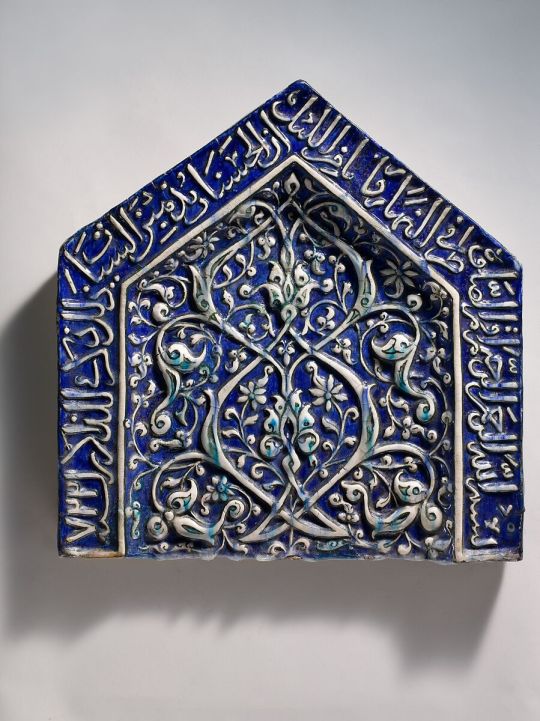
Tile from a Mihrab
“Geometric patterns make up one of the three nonfigural types of decoration in Islamic art, which also include calligraphy and vegetal patterns.” Geometric Patterns in Islamic Art - MET
25 notes
·
View notes
Text


Dug out the watercolours and my Islamic Geometry class work from storage!
3 notes
·
View notes
Text
Muslim Invasion - The writing is on the wall
History tells us that Muslims follow a similar pattern when they emigrate from their countries of origin in Dar al-Islam (the Islamic world) to infidel lands such as those in the West.
First, a fairly small number go to the U.K. and establish a presence, a beachhead or colony if you will. Because they are small in number, they take pains not to cause trouble or attract attention.
Over time, as their numbers grow and an Islamic diaspora is formed, they begin making relatively modest demands, such as the serving of halal foods, the provision of special times/places for daily prayer, and so on.
As their numbers trend into the double-digits as a percentage of the population, Muslims begin becoming more assertive, even aggressive, in their demands. In the vernacular, they start flexing their muscles demographically. Muslims-only areas near major cities begin to form, and within them, sharia law is enacted and enforced by “sharia patrols” and the like.
It is around this time that attacks upon infidels ~ especially infidel women and children ~ begin to ramp up, both in duration and intensity. Mobs of Muslim youths begin setting fire to cars en mass, vandalizing churches and synagogues, or committing acts of rape and other forms of assault. Officials pass these acts off as more-or-less random acts of crime, but in reality, they are the beginnings of a campaign of jihad.
As the Islamic presence grows further, their increasing numbers embolden the trouble-makers, who begin to wage acts of low-intensity warfare upon surrounding society.
We see this in places like Sweden, where police stations have had to fortify themselves against small arms fire and grenade attacks. Or in the Islamic ghettos outside of Paris, France ~ which are so violent and dangerous that emergency fire and medical personnel will only enter with an armed escort.
By this time, the Muslims are quite open about their control of certain sectors of major cities. When several hundred of them decide it is time for prayer and roll out their prayer mat en-mass and pray towards Mecca, there isn’t a whole lot the authorities can do about it, even though the “migrants” have closed down a major traffic thoroughfare in the process!
These are signs of domination, of rule over the kafir or infidel. And the Muslims know it… just as they also know they are doing as their prophet commanded.
The tipping point into generalized civil unrest occurs somewhere in between this stage and the time during which the believers attain numbers sufficient to allow them to wage irregular warfare against others whom they deem targets.
Using such events in Africa as a guide, this can occur with 20-30% of the population being Muslim, sometimes more, depending on local circumstances and other variables. If the government is pro-Muslim, as it was in the Sudan during the 1990s Darfur crisis, serious trouble can erupt quite early on.
Of course, no civilized person wishes for any of this mayhem, chaos, or violence to occur, but ordinary people often have no say in the matter and therefore must take prudent steps to protect themselves and their loved ones.
@ImtiazMadmood
4 notes
·
View notes
Text
poll: is it too conceited to post my own art history tattoos with comparisons to their originals on here? i want to treat this blog seriously but also its art history related and this is my blog at the end of the day. i will post on my main if not here so i guess what im asking is would yall be interested in seeing that?
14 notes
·
View notes